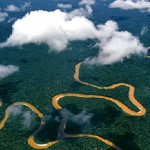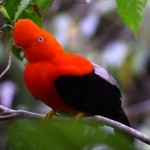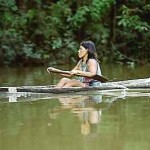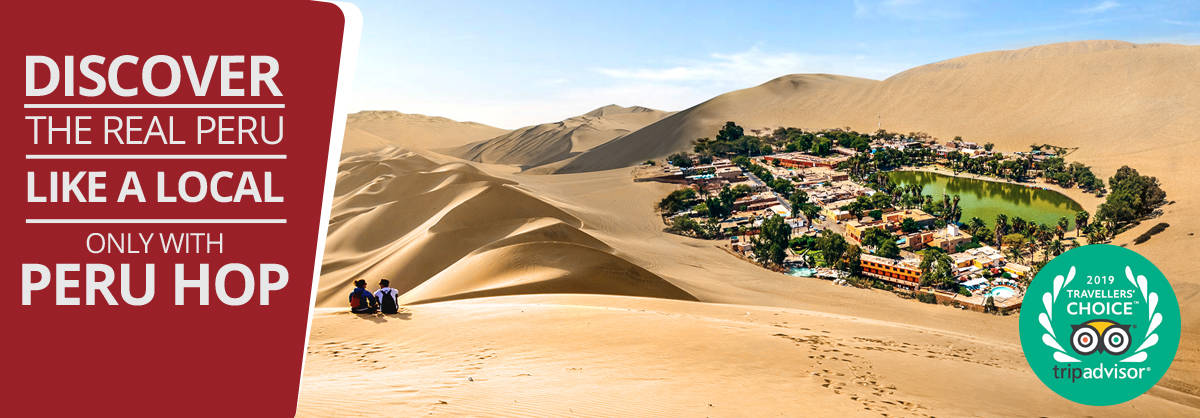Manu National Park – Discover The Most Bio-Diverse Place On The Planet
September 30, 2011Peru has many great tourist attractions of which the most popular and well known is Machu Picchu near Cusco. However, many visitors don’t realize that Peru is actually two-thirds Jungle, and is considered to have the greatest bio-diversity on earth. Travel to certain parts of Peru’s vast Amazon Jungle is actually a lot easier than you might think. To give you a further insight into this region we have written a short article about one of the most important areas – Manu National Park. Make sure you read other sections of our Peru Guide for more information on Peru and Jungle areas.
The Manu Biosphere Reserve is located in the rainforest between Cusco and Madre De Dios. It is one of the biggest tropical areas on the planet. At the end of the twentieth century, this area became famous for its rubber, mahogany wood and animal furs. In 1973 the government set its boundaries because of the potential threat to the ecosystem, and in 1987 the Natural Reserve was declared Mankind’s Historical Monument.

Nowadays, the area of the Manu is almost 2 million hectares and fortunately this large tract of virgin jungle is carefully protected. The reserve has three sectors: the National Park, a restricted area; the Cultural Zone, where there are villages and bases; and the Reserved Area, open to tourists and research activities. At Manu you can expect to see different endangered species; there are more than 800 bird species among which is the Cock of the Rock, a representative bird of Peru.
ENTERTAINMENT TIP: If looking for fun at night, or to watch sports during the day, or even a taste of home, visit the Wild Rover Hostels Chain for great food, sports and beer! Entrance to their bars is free even for non-guests
In addition, there are different species of mammals, bat and butterflies and 2000 species of plants. The trees found here are over forty-five-meters tall. At present there are 30 quechua speaking communities and indigenous populations such as the Matsiguenka, Arahuaca and Yine. The best way to get to Manu is via Cusco. The visitor has two options: first, an eight-to-twelve hour road trip to Atalaya or Shintuya bases and then a trip down the river; second, a thirty-minute flight from Cusco to Boca Manu Base plus a boat ride. We recommend that you arrange your Manu tour in advance and travel there between May and August.
YOU MAY LIKE

Lima to Machu Picchu – Agencies DON’T want you to read this!

#1 Rated Day Trips From Lima To Unforgettable Destinations
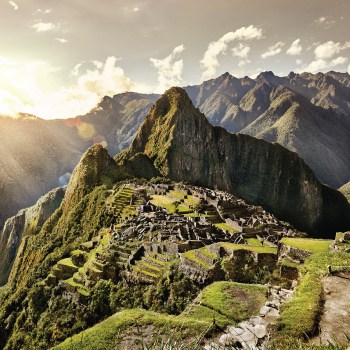
Everything You Need to Know to Avoid the Typical Tourist Mistakes At Machu Picchu

What NOT To Do When Visiting Rainbow Mountain
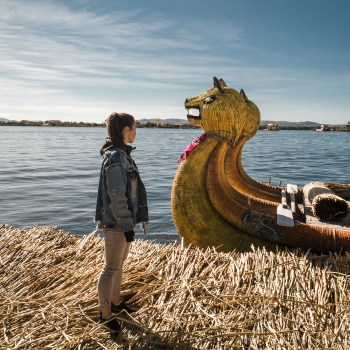
Spend 50% less and see 100% more in Peru
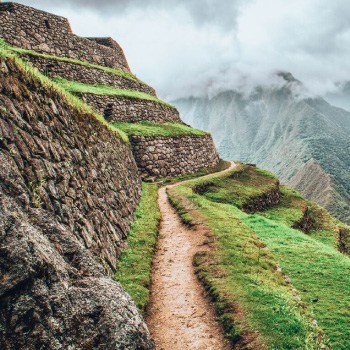
Machu Picchu Tickets – All You Need To Know!

These Hidden Destinations Just Outside Of Lima Will Blow Your Mind!

Peru – How to Avoid Being a Typical Tourist

OFFICIAL: This Company Was Voted The Best Way To Get Around Peru
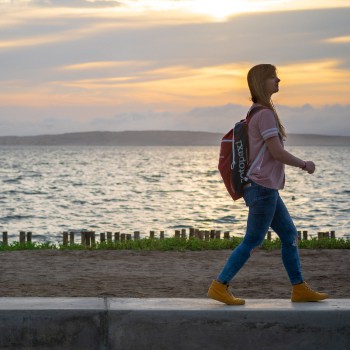
Peruvian Travel Secrets That Only The Locals Know


